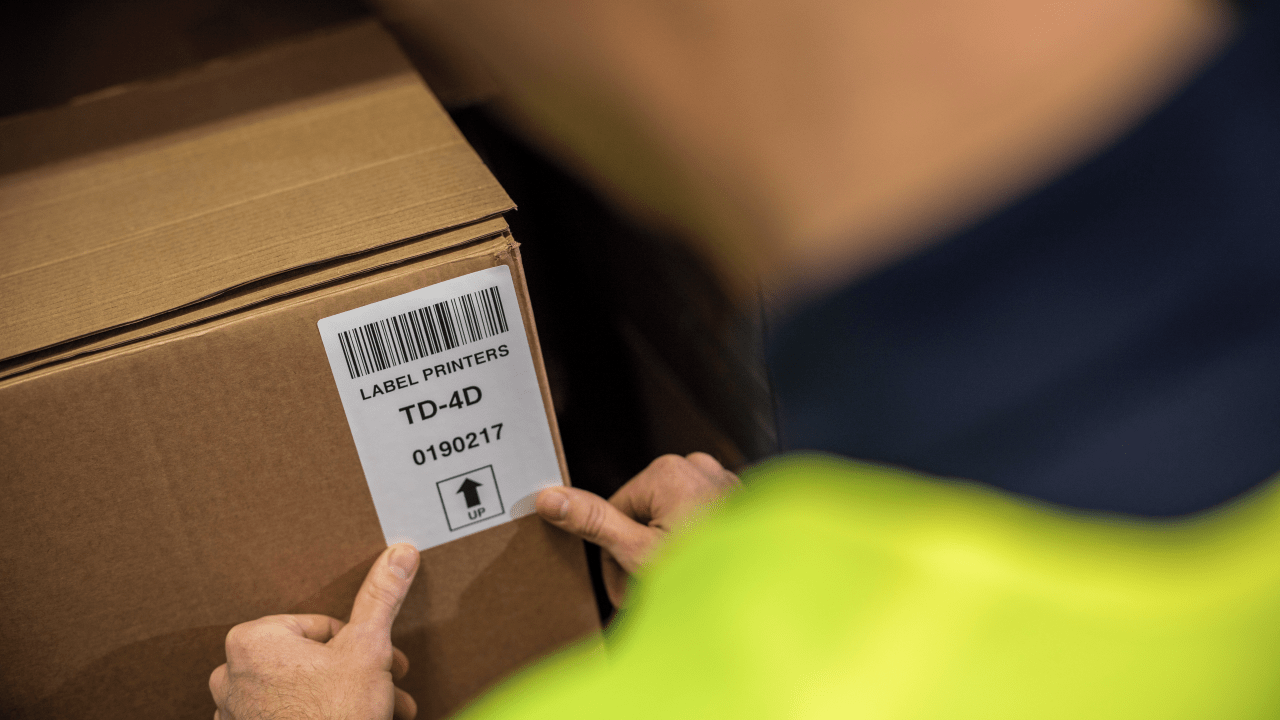
How do you keep electronic health records up to date and accurate when some of the data you need comes from hard-copy documents? The most direct answer is to scan the files, but not just any scanner will suffice. You need to ensure your data will be secure, and that scanning files does not become a potential break in the document management workflow.
The most direct way to prevent scanning from slowing down your practices is to bring the scanners where the patients are. Portable document scanners allow you to digitise data securely without travelling to a fixed-location device. This is a valuable capability in a hospital or other care facility, and potentially even more useful in in-house care situations.
The benefits for doctors and other healthcare professionals are many: Smooth integration between their physical documents and increasingly important digital resources, accurate and up-to-date information that can help them make life-saving care decisions, greater efficiency in record-keeping that allows personnel to accomplish more tasks in less time and much more.
As the government notes in its National Digital Health Strategy, “Digital information is the bedrock of high quality healthcare.” As long as organisations can adopt digitisation in a way that will please both patients and providers — meaning it should combine security, easy access and clarity of information — they should do so. Scanners are an essential link in joining the worlds of paper and digital data management, and portable scanners bring this capability everywhere, from hospital rooms to patients’ homes and beyond.
Portable scanners: Streamlining the workflow
Scanners designed with medical applications in mind are meant to become seamless parts of document management procedures at care organisations of all sizes and specialties. By directly connecting the devices to practise management platforms and other centralised software systems using TWAIN drivers, you can add new information to records with the single push of a button.
When it’s possible to scan new information on physical files into a patient’s file, this ensures the data will be there when the next professional needs it. Ensuring everything is stored in this digital repository is a way to prevent inaccuracies and outdated information from compromising efforts to help patients. Physicians can call up digital records from anywhere using their mobile devices, and it’s important that the data they view is comprehensive. Embracing portable scanners adds another layer of efficiency.
Having to go from a patient’s bedside to a scanner location to digitise new notes or other pieces of information is a potential break in the data management workflow, one that wastes staff time and lessens the potential for productivity. Using a portable scanner removes this step and ensures doctors can digitise content at the exact time and place it’s created. Practices attempting to make their digital document management processes as seamless and error-free as possible can seize this opportunity.
Of course, while electronic medical records are perhaps the most essential electronic files from a patient care perspective, they are hardly the only data that can be digitised around a healthcare practice. Indeed, the government notes that many organisations are seeking to become paperless for all their administrative document management. These providers need to digitise any information from physical forms as quickly as possible to keep their records accurate and current. A combination of strategically placed desktop scanners and portable devices can enable them to keep up with their digital goals.
Home care: A perfect portable scanner use case
Home care providers’ duties keep them on the move, with a large portion of their time spent in the field checking in on patients. This adds extra complexity and importance to their efforts to simplify their document management workflows, as they don’t have the advantage of being in the same building as their administrative offices.
Data management practices around home care, such as the process by which they submit billing claims to the government, are digitising. However, these systems are not 100 per cent paperless. Services Australia notes that some of the more complex treatment billing options still rely on paper forms. As with all workflows where some information is managed on paper documents and other data is digital, a reliable scanner is an essential bridge between these two worlds.
Portable scanners enable home care professionals to digitise information from their patients’ houses, keeping everything from medical records and charts to billing claims updated and logged accurately. Not having to return to a centralised office for data management matters enables these tireless workers to spend more time on the road and with their patients and lessens the chance of data duplication or human error compromising their records. Everything can be scanned at once and filed in the correct location for easy access later.
If a person receiving home care needs to make an emergency call for medical care, it is important that the providers responding have the latest information about that individual’s condition, any medications they are taking and possible risks associated with treatment. When home care providers have access to an easy, portable way to log data about their patients, that improves the chance that records will be comprehensive and accessible when lives are at stake.
Data management in healthcare: Modernising quickly
The overall way information is stored and accessed in the healthcare field is moving in a digital direction. This fact combined with the continued use of paper documents in departments such as billing has created a need for comprehensive deployments of scanners, printers and multi-function devices in hospitals and other care settings. Organisations hoping to get up to speed quickly without sacrificing the security or quality of their deployments can team up with a Managed Print Services (MPS) provider that has experience in medical deployments.
Brother’s lineup of devices usable in the healthcare industry ranges from portable and desktop scanners to label and wristband printers, enabling doctors to clearly track people and assets throughout their facilities. Improving the efficiency of a healthcare practice is a universal goal, and improving the way administrative tasks are handled is a critical part of that transformation. Coupled with nationwide and global moves toward standardised and easy-to-use electronic medical records, a fresh deployment of scanning and printing solutions can help a care provider step into the future.
Reach out for a free print assessment and see where your organisation stands.





